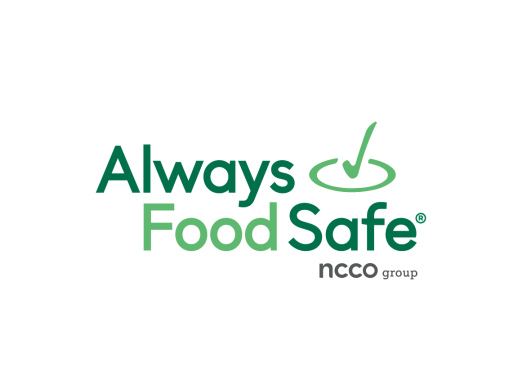Food safety is of paramount importance in the food service industry. As a business owner or employee in this industry, it is crucial to understand the significance of maintaining high standards of food safety to protect your customers and your reputation. One effective way to ensure trust and confidence in your establishment is through food safety certification.

 English
English
 Spanish
Spanish
